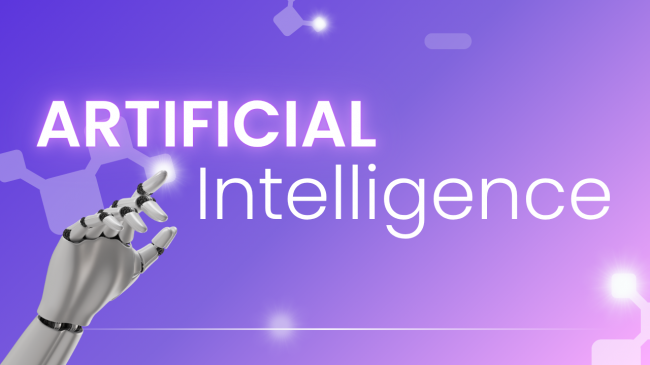Google Photos rolled out its “Ask Photos” AI feature to let users search their photo libraries using natural language. But early adopters found it slow and unreliable. Now, Google is quietly tweaking it—with real user voices and fresh context.
What Went Wrong—And Why It Matters
"Ask Photos" lets you type queries like “show me my vacation in Bali with family” and lets AI do the rest. Unfortunately, many users are reporting painfully long wait times—often 10+ seconds—with irrelevant or missing results.
One Redditor put it bluntly:
“AI search in Photos is as of now just terrible”
This matters because Google touted AI as smart assistants across Gmail, Docs, Photos, and more. If the search feature can’t handle simple queries fast, user trust evaporates quickly.
Addressing these concerns, Google Photos product manager Jamie Aspinall wrote on X earlier in June that “Ask Photos isn’t where it needs to be, in terms of latency, quality and ux,” and noted the rollout would be paused for a couple of weeks while Google worked to bring back the “speed and recall of the original search.”
The Fix: Tap-to-Continue
Instead of a full rewrite, Google is adding a tap-to-continue workflow:
- Query improvements: Complex searches are broken into manageable chunks.
- User prompting: Users get nudged to confirm each part or clarify intent.
- Faster response: Rather than waiting indefinitely, users engage the AI step-by-step.
According to Droid‑Life, this tweak “makes a ton of sense”—letting users steer AI instead of waiting passively. With user prompts, the experience becomes less frustrating and more conversational.
A Reflection on Google’s AI Strategy
“Ask Photos” isn’t an isolated project—it’s one cog in Google’s bigger “AI-first” machine. On the same day, CEO Sundar Pichai tweeted about new Gemini model features coming to Gmail and Bard. But hiccups in a high-profile app like Photos can erode brand credibility.
This refined design echoes a broader AI philosophy: make AI work with humans, not for them. Allowing taps and interaction grounds AI in user control.
Evaluating the Tap-Twist
Pros:
- Speed control: You know you're making progress, not lost in a loading loop.
- Greater accuracy: User input can keep AI from making wild guesses.
- More comfort: Feels less like waiting on a slow robot and more like a chat.
Cons:
- Extra taps: Adds steps to what should be a simple query.
- Risks interrupting flow: Users expecting instant answers might find it jarring.
For now, it’s a pragmatic interim step while Google optimizes backend processing and search indexing.
What Users Are Saying
Reddit threads are buzzing with split opinions: some appreciate the extra control, while others feel it breaks the magic. Common requests include:
- Faster indexing of recently added photos
- Smarter object and facial recognition
- Ability to filter results or mark false positives
- More conversational suggestions based on refining queries
Final Word
Google’s “Ask Photos” AI stumbled out of the gate—but with the tap-to-continue feature, the app now feels more like a responsive assistant and less like a clueless loop. It’s still a work in progress—but it’s evolving smartly.
If you rely on Photos to relive memories or find specific images, keep an eye out for this update. If you're managing projects, tasks, or training agents, perhaps take a moment to appreciate the growing pains behind these AI tools. Because sometimes, the best fixes aren’t new tech—but better interaction design.





